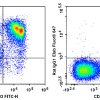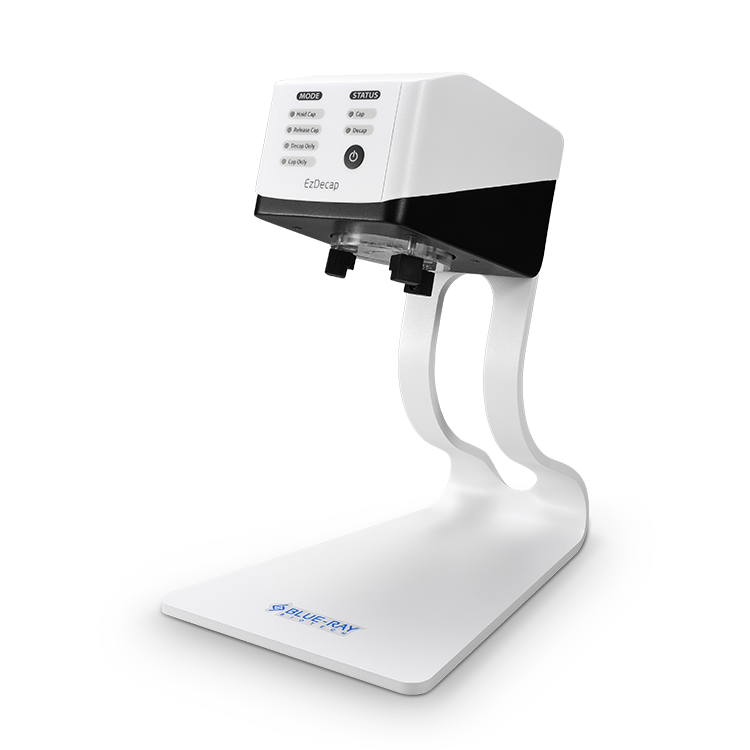- Empty cart.
- Continue Shopping
Antigen Details
| Alternate Names | CD44 antigen,CD44,CDw44,Epican,Phagocytic glycoprotein 1,PGP-1,Phagocytic glycoprotein I,PGP-I,CD44,LHR, MDU2, MDU3, MIC4 |
| Swissprot | P15379,P16070 |
| Gene ID | 12505,960 |
| References |
1. Barclay AN, et al. 1997. The Leukocyte Antigen FactsBook Academic Press.
2. Haynes BF, et al. 1991. Cancer Cells 3:347. 3. Goldstein LA, et al. 1989. Cell 56:1063. 4. Mikecz K, et al. 1995. Nat. Med. 1:558. 5. Hegde V, et al. 2008. J. Leukocyte Biol. 84:134. 6. Liu T, et al. 2009. Biol. Direct 4:40. |
Product Details
| Form | Liquid |
| Clone No. | IM7 |
| Host | Rat |
| Isotype | Rat IgG2b, κ |
| Isotype Control | Elab Fluor® Violet 450 Rat IgG2b, κ Isotype Control[LTF-2] [Product E-AB-F09842Q] |
| Reactivity | Human,Mouse |
| Application | FCM |
| Storage Buffer | Phosphate buffered solution, pH 7.2, containing 0.09% stabilizer and 1% protein protectant. |
| Recommended Use | Each lot of this antibody is quality control tested by flow cytometric analysis. The amount of the reagent is suggested to be used 5 µL of antibody per test (million cells in 100 µL staining volume or per 100 µL of whole blood). Please check your vial before the experiment. Since applications vary, the appropriate dilutions must be determined for individual use. |
| Shipping | Biological ice pack at 4℃ |
| Stability & Storage | Keep as concentrated solution. Store at 2~8°C and protected from prolonged exposure to light. Do not freeze. Centrifuge before opening to ensure complete recovery of vial contents. This product is guaranteed up to one year from purchase. |
| Conjugation | Elab Fluor® Violet 450 |
| Elab Fluor® Violet 450 is designed to be excited by the violet laser (405 nm) and detected using an optical filter centered near 450 nm (e.g., a 450/45 nm bandpass filter). | |
|
|
|
How to select the appropriate detection channel through the spectrogram?
Background
| CD44 is a 80-95 kD glycoprotein also known as Hermes, Pgp1, H-CAM, or HUTCH. It is expressed on all leukocytes, endothelial cells, hepatocytes, and mesenchymal cells. As B and T cells become activated or progress to the memory stage, CD44 expression increases from low or mid levels to high levels. Thus, CD44 has been reported to be a valuable marker for memory cell subsets. High CD44 expression on Treg cells has been associated with potent suppressive function via high production of IL-10. CD44 is an adhesion molecule involved in leukocyte attachment to and rolling on endothelial cells, homing to peripheral lymphoid organs and to the sites of inflammation, and leukocyte aggregation. |





![Elab Fluor Violet 450 Anti-Human/Mouse CD44 Antibody[IM7]](https://labmallx.com/wp-content/uploads/2024/08/E-AB-F1100Q-FC01.jpg)






















